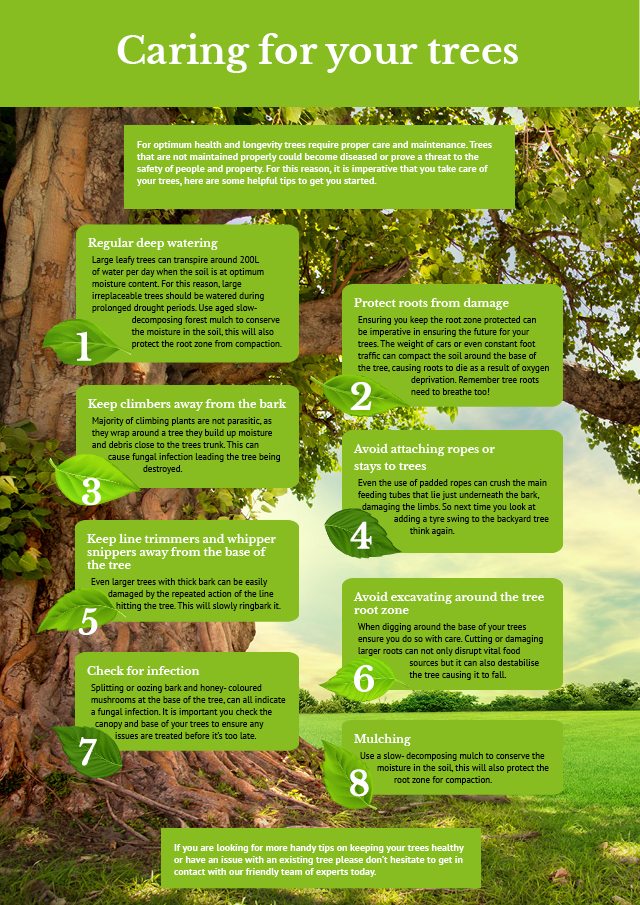After Removing Trees, Appropriate Treatment Is Very Important For Landscape Recovery; Discover The Required Activities To Renew Your Area And Protect Against Forthcoming Challenges
After Removing Trees, Appropriate Treatment Is Very Important For Landscape Recovery; Discover The Required Activities To Renew Your Area And Protect Against Forthcoming Challenges
Blog Article
Written By-Langley McKinnon
After a tree's elimination, your landscape may look rather various, and it's necessary to assess the aftermath meticulously. You'll wish to evaluate the soil disturbance and examine bordering plants for any kind of signs of stress. Disregarding these factors can lead to bigger problems down the line. So, what should you do with those stumps and origins? And exactly how do you pick the very best plants for your rejuvenated room? Let's discover these essential actions.
Examining the Aftermath: Examining Your Landscape
After a tree removal, it's critical to analyze your landscape to understand the influence it carries your yard.
Start by analyzing the location where the tree stood. Search for indicators of dirt disruption, and examine the bordering plants for any stress and anxiety or damage.
You ought to likewise bear in mind of just how the elimination has transformed sunlight direct exposure and airflow in your garden. This shift can influence the development of nearby plants, so it's necessary to examine their health.
Think about the aesthetic facets too; the elimination may produce an open space that you can revamp.
Ultimately, think about any type of potential disintegration concerns that might occur from the tree's lack. Attending to visit the following webpage will assist restore balance to your landscape.
Managing Stumps and Origins: Alternatives for Elimination
As soon as you have actually analyzed the aftermath of the tree elimination, you'll likely need to take on the stump and origins left behind.
You have a few choices for elimination. One efficient technique is stump grinding, where a specialist makes use of a device to grind the stump to below ground degree. This strategy leaves very little interruption to your landscape.
If you prefer a DIY approach, you can make use of a combination of digging and chemical stump eliminators. Simply bear in mind, this procedure can take some time and initiative.
Additionally, take into consideration leaving the stump as a natural feature, which can act as an unique garden element or environment for wild animals.
Whatever you choose, attending to the stump and roots is important for restoring your landscape.
Selecting the Right Plants for Your New Space
As you evaluate your newly cleared area, picking the right plants can significantly enhance your landscape's charm and performance.
Begin by considering the sunshine and dirt problems. For warm locations, choose drought-resistant plants like lavender or succulents. In shaded places, brushes and hostas prosper well.
Think about the size and growth behaviors of your plants; mix perennials and annuals for seasonal variety. Do not neglect to include https://drive.google.com/file/d/1KZPAw7r0aNmuaFiJJDD9gmCTi_Tkpgkw/view?usp=share_link require less upkeep and support local wildlife.
Group plants in strange numbers for a more natural appearance and create layers for visual depth.
Ultimately, ensure you have a mix of shades and appearances to maintain your landscape vibrant throughout the seasons.
Happy planting!
Verdict
Finally, restoring your landscape after tree elimination is a gratifying process. By analyzing the after-effects, attending to stumps and origins, and choosing the right plants, you'll produce a successful atmosphere. Don't fail to remember to integrate disintegration control actions to safeguard your soil. With a little initiative and care, you can transform your area right into a vivid garden that improves your residential or commercial property. Accept the possibility to renew your landscape and enjoy the elegance of nature right in your backyard!
